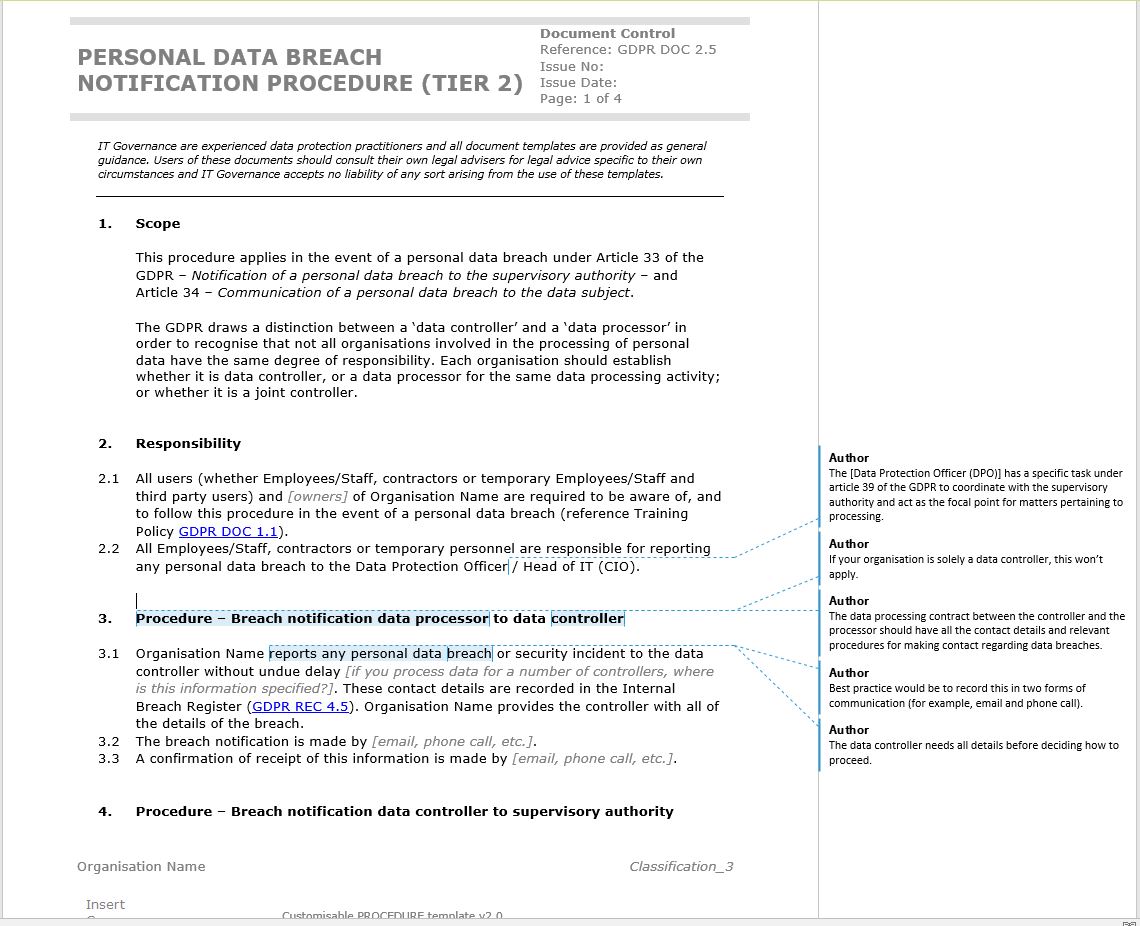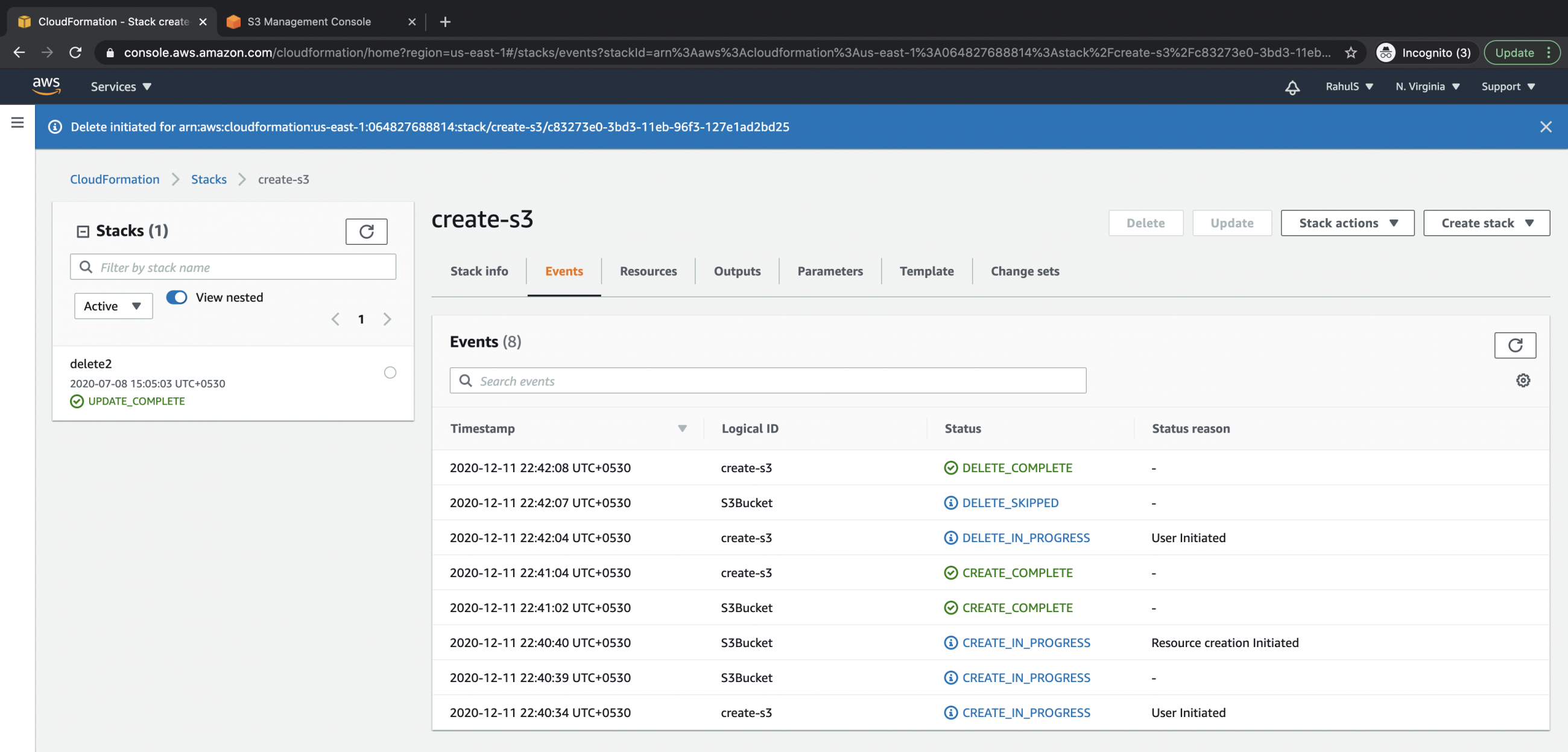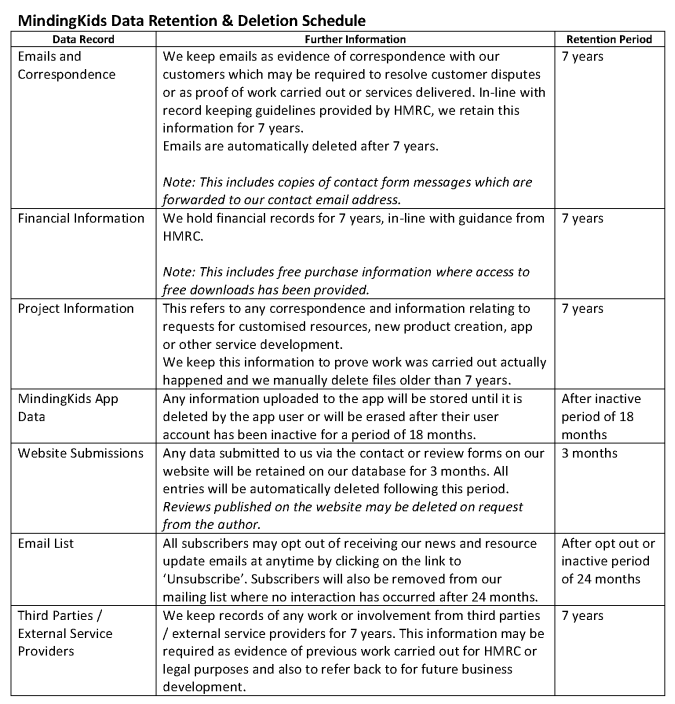
Data Deletion Policy Template - The following examples set the deletionpolicy and updatereplacepolicy attributes based on the condition defined in the fn::if intrinsic function. Unfortunately it still doesn't work in all cases; Deletionpolicy is an optional attribute you can use to preserve a resource when it would otherwise be deleted due to stack deletion or update where resource is removed from. If a resource has. You should also read this: Quick Claim Deed Template
prismadeletionpolicy (1).PNG - The following examples set the deletionpolicy and updatereplacepolicy attributes based on the condition defined in the fn::if intrinsic function. Where can i find the proper yaml for the. Deletionpolicy:{ fn::if:[ shouldretain, retain, delete though i get: You specify a deletionpolicy attribute for each resource that you want to control. All imported resources must have a deletionpolicy attribute. You should also read this: Sales Account Planning Template Google Sheets

RETAIN Statement Tutorial - Basically you need to put transform: Understand what a data retention policy is and get templates, examples, and best practices for creating your own so you can minimize data exposure. You specify a deletionpolicy attribute for each resource that you want to control. There are no information with regard to, deletionpolicy: The following resources to import [masterinstance] must have deletionpolicy. You should also read this: Blank Money Order Template
![How To Create and Use Miva 10 Attribute Templates [Video] Glendale How To Create and Use Miva 10 Attribute Templates [Video] Glendale](https://www.glendaledesigns.com/files/2020/10/miva10-attribute-templates-glendaledesigns-14.jpg)
How To Create and Use Miva 10 Attribute Templates [Video] Glendale - It's a best practice to use retain. There are no information with regard to, deletionpolicy: I am not sure how to resolve this one. With the deletionpolicy attribute you can preserve, and in some cases, backup a resource when its stack is deleted. Resources to import must have a deletionpolicy attribute specified in the template. You should also read this: Free Fan Program Template
![[アップデート] CloudFormation の DeletionPolicy にて、リソース作成時のみ Delete でそれ以外は [アップデート] CloudFormation の DeletionPolicy にて、リソース作成時のみ Delete でそれ以外は](https://dev.classmethod.jp/wp-content/uploads/2023/08/59836FB5-5B0B-4B9B-B892-B7D28F421A75.png)
[アップデート] CloudFormation の DeletionPolicy にて、リソース作成時のみ Delete でそれ以外は - You specify a deletionpolicy attribute for each resource that you want to control. There are no information with regard to, deletionpolicy: Aws::languageextensions at the top of your cloudformation template like this: The value for these could be delete or retain, and for some. The following examples set the deletionpolicy and updatereplacepolicy attributes based on the condition defined in the fn::if. You should also read this: Pace University Careers Resume Template Tech

How to use Cloudformation to create an S3 bucket - All imported resources must have a deletionpolicy attribute. The following examples set the deletionpolicy and updatereplacepolicy attributes based on the condition defined in the fn::if intrinsic function. If a resource has no deletionpolicy attribute, aws cloudformation deletes the. With the deletionpolicy attribute you can preserve, and in some cases, backup a resource when its stack is deleted. For more info. You should also read this: Case Summary Template

いつの間にかCloudFormationがDeletionPolicyのみの更新に対応していました DevelopersIO - For more info click here. It's a best practice to use retain. You specify a deletionpolicy attribute for each resource that you want to. Cloudformation provides deletionpolicy and updatereplacepolicy attributes which you can use on the root level of any resource. The value for these could be delete or retain, and for some. You should also read this: Mexican Menu Templates

Data Deletion Policy Template - Deletionpolicy:{ fn::if:[ shouldretain, retain, delete though i get: Deletionpolicy is an optional attribute you can use to preserve a resource when it would otherwise be deleted due to stack deletion or update where resource is removed from. If a resource has no deletionpolicy attribute, aws cloudformation deletes the. The following examples set the deletionpolicy and updatereplacepolicy attributes based on the. You should also read this: Gingerbread House Measurements Template

Serverless Service update Dynamodb table created with DeletionPolicy - With the deletionpolicy attribute you can preserve, and in some cases, backup a resource when its stack is deleted. To prevent these from happening, you can add the following 2 fields to your cloudformation template alongside the resource you wish to protect: For more info click here. You specify a deletionpolicy attribute for each resource that you want to control.. You should also read this: Google Flow Chart Template

Help! How do I set DeletionPolicy to Retain for production only? by - Unfortunately it still doesn't work in all cases; Resources to import must have a deletionpolicy attribute specified in the template. With the deletionpolicy attribute you can preserve, and in some cases, backup a resource when its stack is deleted. If the stage parameter is prod, the. The following examples set the deletionpolicy and updatereplacepolicy attributes based on the condition defined. You should also read this: Property Management Contract Template Free